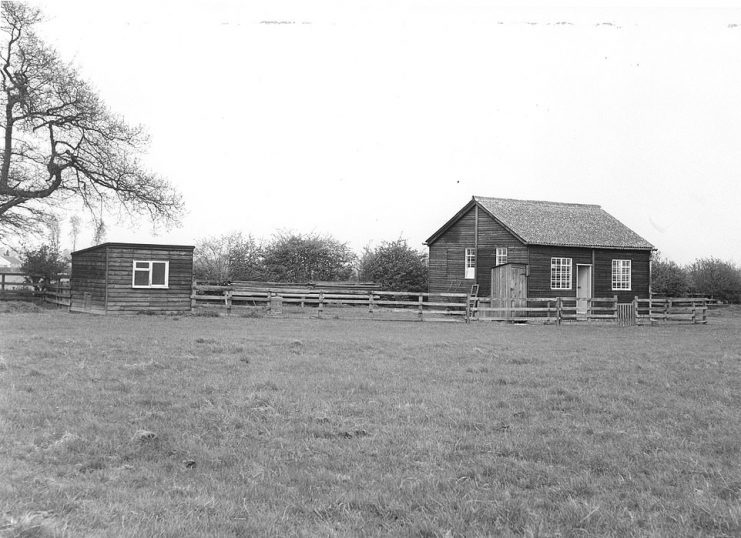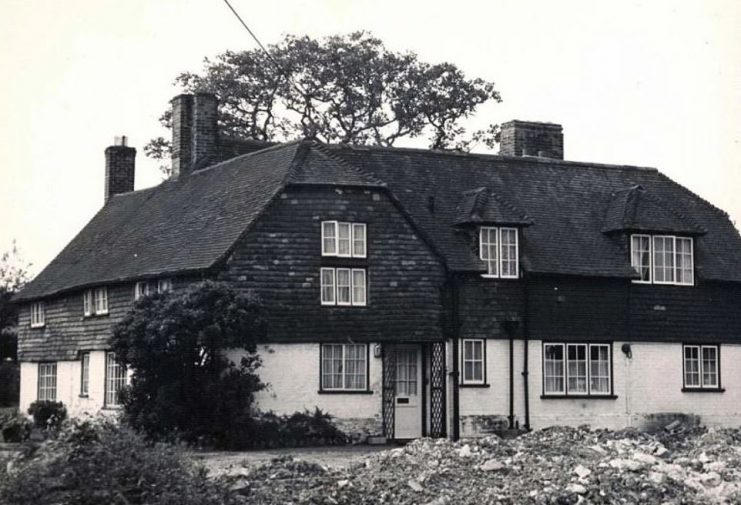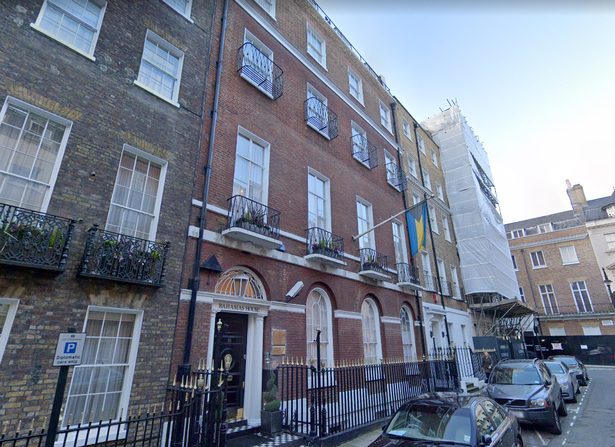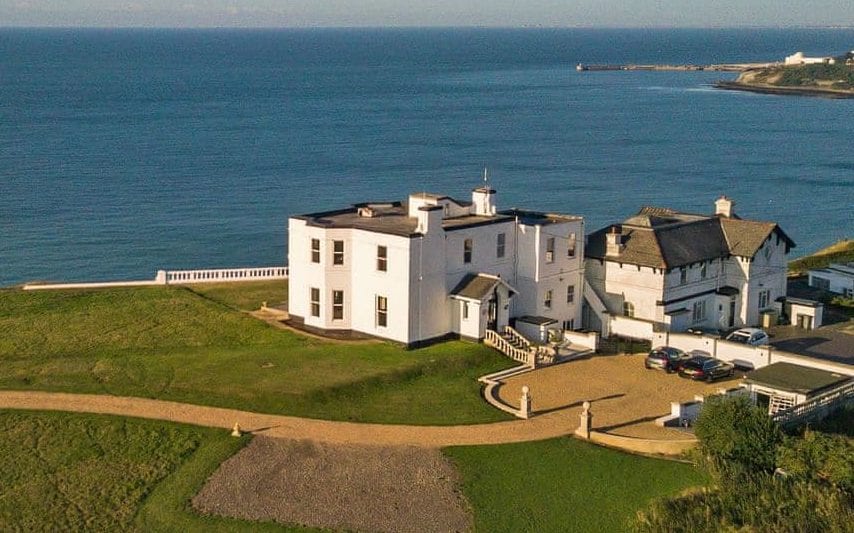To mark the 100th Anniversary of their creation, the British Intelligence Agency has declassified five of their wartime stations.
These stations played a crucial role in the Allied effort during the war years, and the communities living around these bases lived in blissful ignorance of the vital work that was being carried out in their back yards.
The five bases are an isolated farmhouse on Ivy Farm in Kent; Abbots Cliff House, a manor on the top of the White Cliffs of Dover; an ordinary red-brick townhouse at 10 Chesterfield Street, Mayfair; a remote outpost in Derbyshire at Marston Montgomery and Croft Spa listening huts built on the Scarborough coast.
The five declassified bases were part of the 150 different sites that the Intelligence Agency ran during the war years. Until recently, these bases and the work they did to outmanoeuvre Hitler and his Axis partners, had been classified as Top Secret by British Intelligence.
The buildings primarily formed hubs in a giant analysis and listening network, whose sole aim was to intercept messages relayed from Axis headquarters to their navy and air force bases around Europe.

GCHQ historian Tony Comer briefed journalists on the declassified bases and gave some idea of the work they had done. Perhaps the most significant feather in their collective caps is the sinking of the Bismarck.
They may not have launched the shells that eventually sank this super-warship on the 27th May 1941, but they had a direct hand in locating her in the Atlantic and was British Intelligence at it’s best.
The sinking of this warship had a significant effect on the balance of naval power in the Atlantic as she could not be replaced during the war, and her demise permitted the Royal Navy to dominate the sea, and the supply convoys could sail in relative peace.
When one of the stations intercepted a message from a German ship, they would be able to identify the direction from which the signal came.
That would be one line, but by using many direction-finding stations, the exact location of that ship could be calculated using simple triangulation equations.
Mr. Comer squashed the idea that this was boring and tedious work.
He said the people working in the stations were aware of the importance of the task, and tracing each transmission was vital to the war effort. He said the wooden huts at Croft Spa were one link in this chain of listening stations, especially for the North Sea.
The secrecy attached to these stations was important as the Germans were unaware that the Allies were intercepting and decoding all their transmissions.
If they had realized that their transmissions were being read by British Intelligence, they might well have changed the method of encryption and stopped the vital flow of intelligence being sent to GCHQ.
These bases and the work they did was one of the best-kept secrets of WWII. Mr. Comer said that there was never a leak about the work done at these stations.
This is a remarkable record, considering the number of people employed in this work.
Over 100 men and women worked on Ivy Farm, situated in Knockholt in Kent. They specialized in communication that did not carry human voices, especially between Hitler and his Field Marshals.

This site also was the first to intercept a new technology, facsimiles, or faxes. It was sent from the Luftwaffe to the Japanese Military and showed the locations of US Air Force bomber squadrons as possible targets for the Japanese Air force.
In Kent, 50 lady wireless operators worked out of Abbots Cliff House, intercepting VHF wireless communications from Berlin.
In London at No 10, Chesterfield Street in Mayfair was a prime interception location for Soviet military signals to be intercepted.

It was used long after the end of World War II, and the 60 Intelligence staff based there investigated Soviet spies during the years of the Cold War. Now the building houses the High Commission of the Bahamas.
Marston Montgomery in Derbyshire was a remote station where the staff listened out for radio operators to identify enemy signals. This base was head up by the first female commander, Pamela Pigeon, in 1943.
Today the Intelligence Community only declares four sites to the public; their doughnut-shaped HQ in Cheltenham, two listening posts in Scarborough and Bude, and the London-based National Cyber Security Centre.
The British Prime Minister, Boris Johnson, paid tribute on this 100th Anniversary to the legions of people, who quietly went about their business of keeping Britain and the British people safe.
Tuskegee Airman Promoted to Brigadier General at the Oval Office
He said they were some of the brightest minds in the country, and they worked tirelessly with little outside recognition to keep Britain safe.
